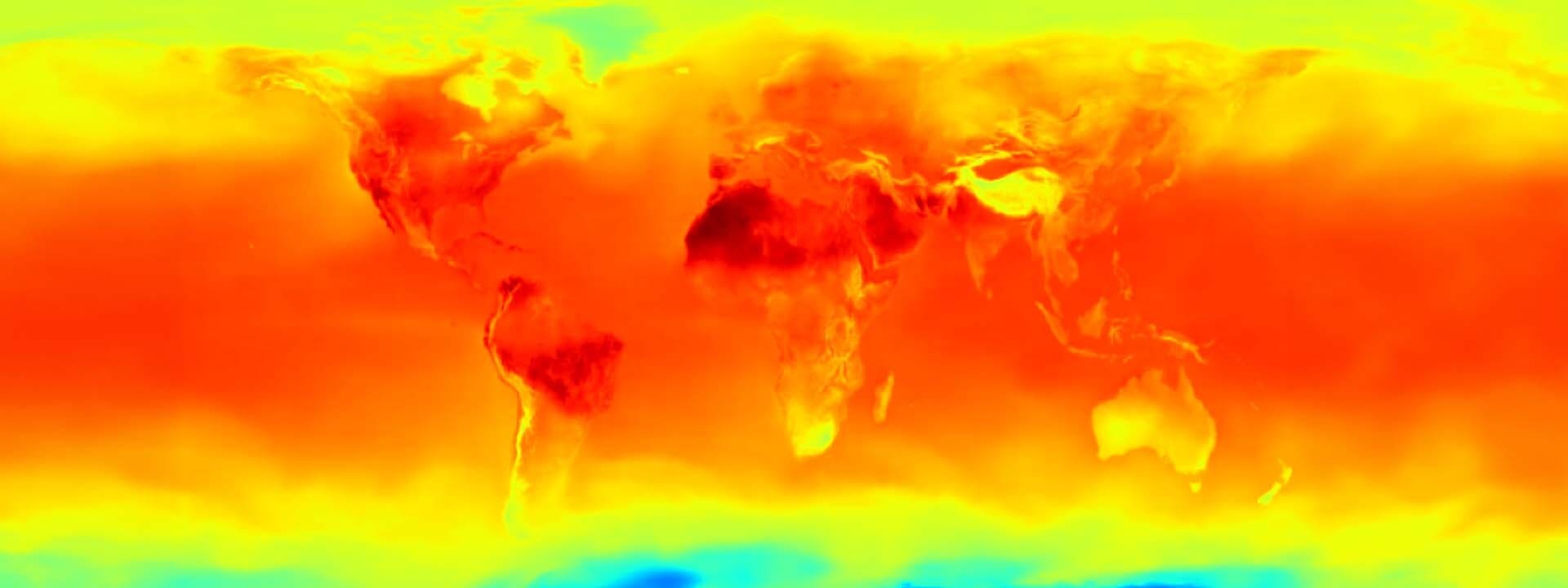In a significant advancement for climate science and meteorology, IBM has announced today the launch of a new artificial intelligence (AI) model designed to address a wide range of applications related to weather and meteorology. This revolutionary model, developed in collaboration with NASA and with contributions from Oak Ridge National Laboratory, will be available as open-source for the scientific, developer, and business communities, marking a milestone in the democratization of advanced tools for the study and prediction of weather.
A versatile and scalable model
The new AI model is distinguished by its unique design and training regimen, allowing it to address a broader range of applications than existing meteorological AI models. According to a recently published article in arXiv, titled "Prithvi WxC: Foundation Model for Weather and Climate," possible applications include:
- Creation of specific forecasts based on local observations
- Detection and prediction of severe weather patterns
- Improvement of spatial resolution in global climate simulations
- Refinement of the representation of physical processes in numerical weather and climate models
A particularly notable aspect of the model is its ability to accurately reconstruct global surface temperatures from a random sample of just five percent of the original data. This feature suggests a broader application to data assimilation problems, which could revolutionize the way climate and meteorological data is processed and analyzed.
Technical features and availability
The model was pre-trained using 40 years of ground observation data from NASA’s Modern-Era Retrospective analysis for Research and Applications, Version 2 (MERRA-2). Its unique architecture allows it to be adjusted at global, regional, and local scales, making it suitable for a wide range of meteorological studies.
The base model, along with two versions tailored for specific applications, is available for download on Hugging Face. The tailored versions are:
- Downscaling of climate and meteorological data: This version allows for the representation of climate and meteorological data with up to 12 times higher resolution, generating localized forecasts and more precise climate projections.
- Parameterization of gravity waves: This version helps scientists better estimate the generation of gravity waves, improving the accuracy of numerical weather and climate models and reducing uncertainty when simulating future weather events.
Impact and collaborations
Karen St. Germain, Director of the Earth Science Division of NASA’s Science Mission Directorate, highlighted the importance of this development: "The rapid changes we are witnessing on our planet demand this strategy to meet the urgency of the moment. NASA’s base model will help us produce a tool that people can use: weather, seasonal, and climate projections to help inform decisions on how to prepare, respond, and mitigate."
Juan Bernabe-Moreno, Director of IBM Research Europe and leader of Accelerated Discovery for Climate and Sustainability at IBM, emphasized the model’s flexibility: "We have designed our base climate and meteorology model to go beyond such limitations, so that it can be adjusted to a variety of inputs and uses. For example, the model can run both globally and in a local context."
IBM has already collaborated with Environment and Climate Change Canada (ECCC) to test the model’s flexibility with additional use cases for weather forecasting. ECCC is exploring very short-term precipitation forecasts using a technique called "nowcasting" that ingests real-time radar data. The team is also testing the downscaling approach of global model forecasts from 15 km to a kilometer-scale resolution.
Part of a broader collaboration
This climate and meteorology model is part of a broader collaboration between IBM Research and NASA to use AI technology in exploring our planet, and joins the family of Prithvi AI models. Last year, IBM and NASA made the geospatial AI model Prithvi the largest open-source geospatial AI model available on Hugging Face. Since then, this geospatial model has been used by governments, businesses, and public institutions to examine changes in disaster patterns, biodiversity, land use, and other geophysical processes.
Access and availability
The base model and the gravity wave parameterization model can be accessed through the NASA-IBM Hugging Face page, while the downscaling model is available through the IBM Granite Hugging Face page.
With this release, IBM and NASA are making a powerful tool available to the global community that has the potential to transform our understanding and prediction of weather and climate, opening up new possibilities for scientific research and practical applications in various fields.
source: Noticias Inteligencia Artificial

